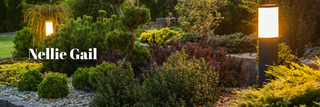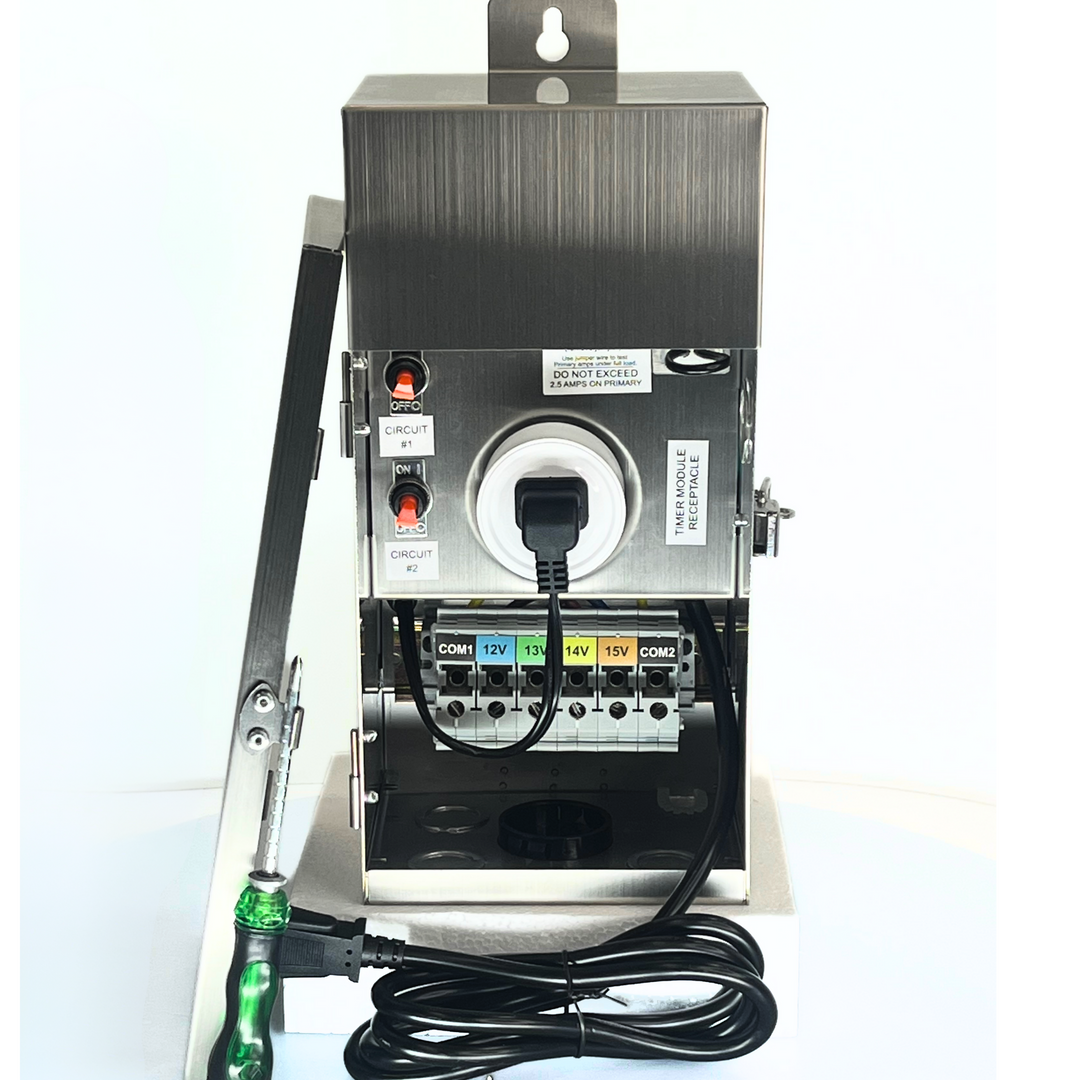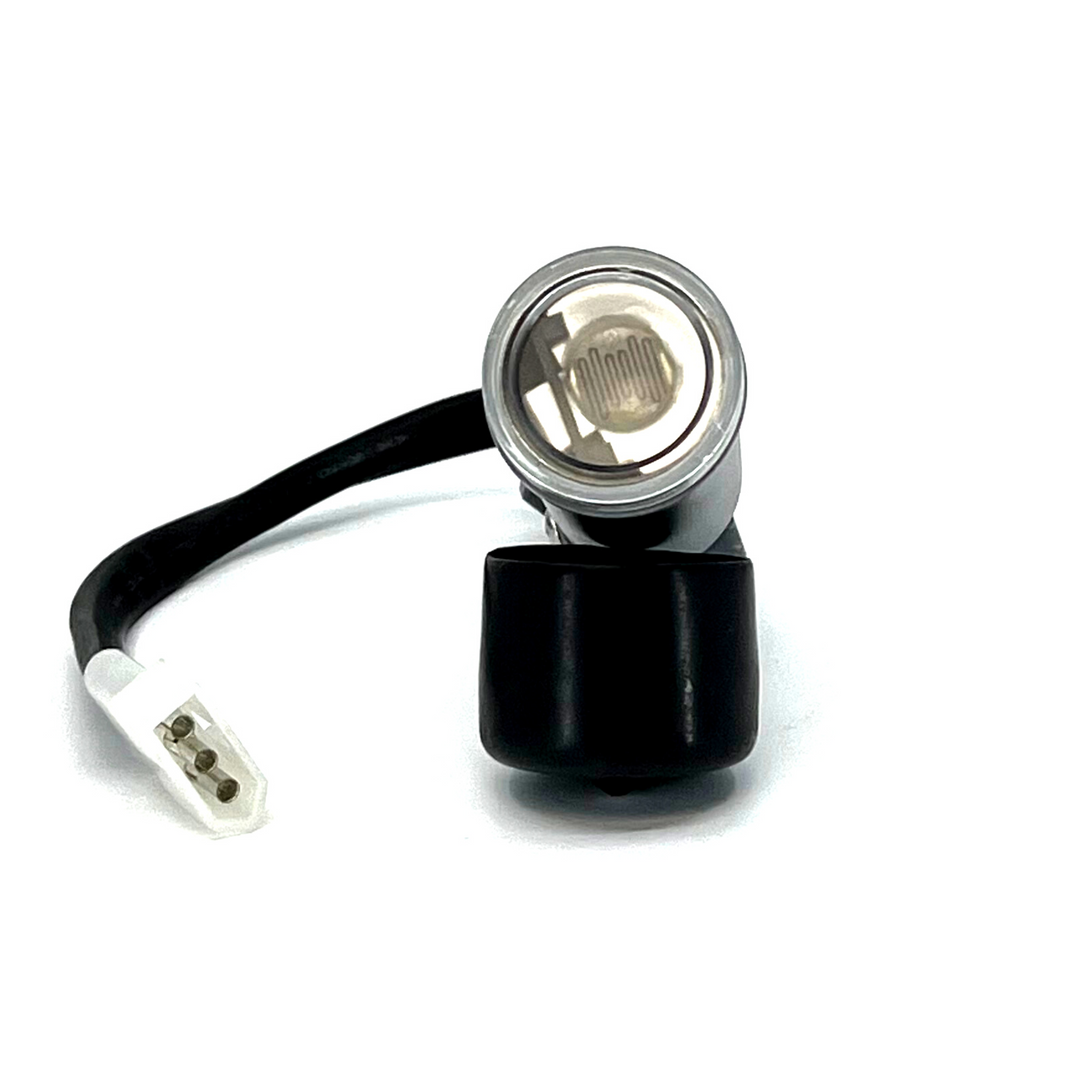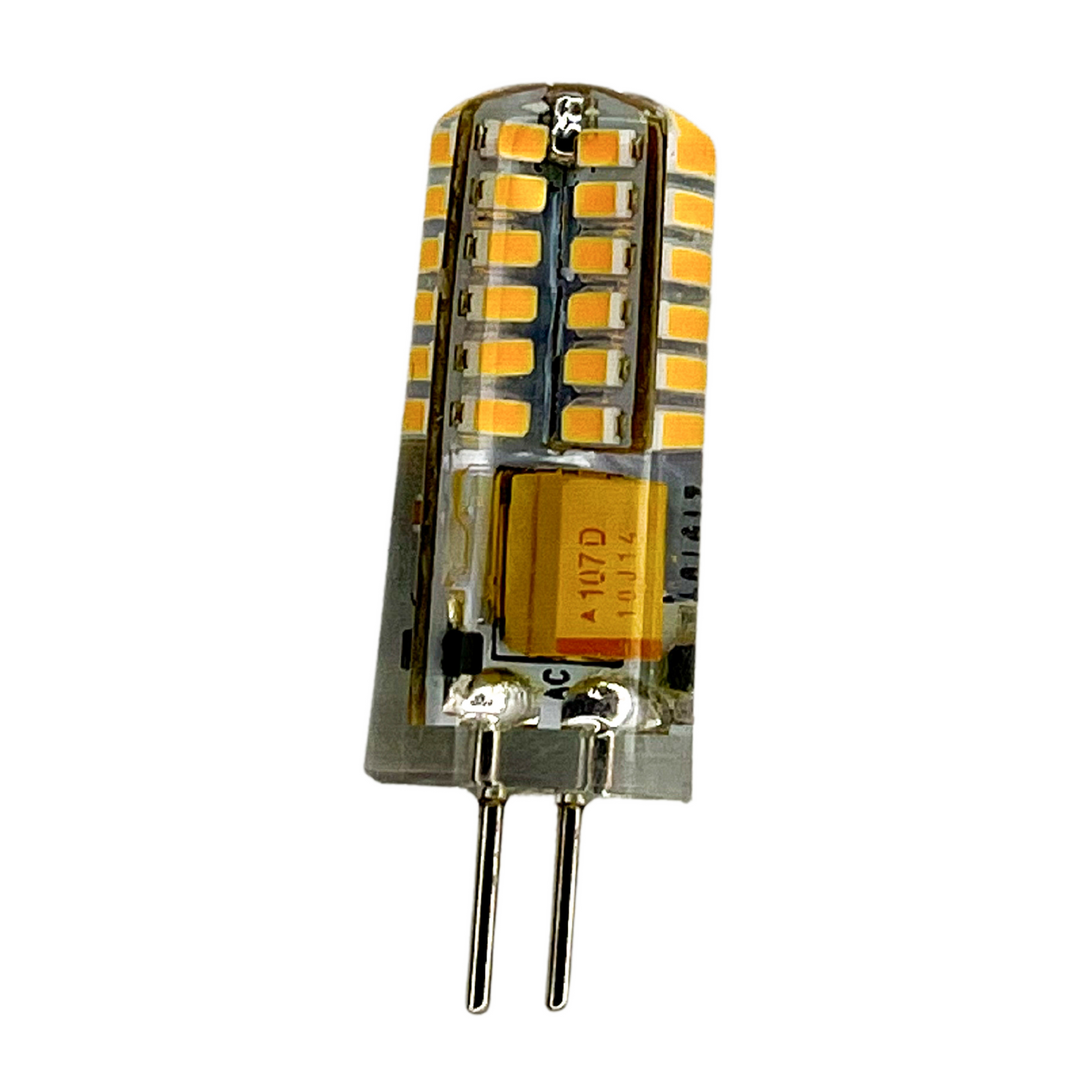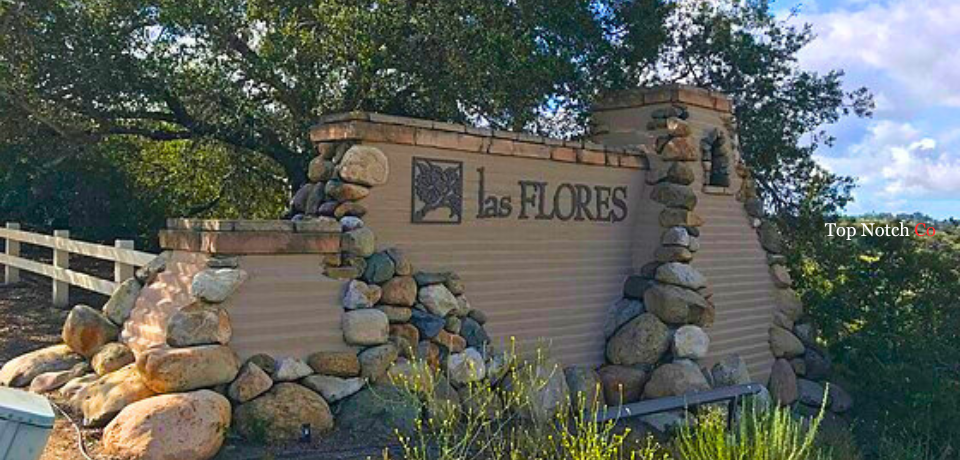
Glowing Gardens: Inspo Landscape Lighting for Las Flores
|
|
Time to read 7 min
Landscape Lighting in Las Flores has become a cornerstone in outdoor design, offering more than just illumination—it transforms spaces, adding safety, security, and aesthetic appeal. In Las Flores, where warm evenings invite residents to spend time outdoors, proper lighting enhances the usability of patios, gardens, and walkways, turning them into functional and inviting spaces.
Why Landscape Lighting is Essential for Las Flores Homes
The unique climate and natural beauty of Las Flores make landscape lighting an essential part of home design. With mild evenings and lush surroundings, outdoor spaces often serve as extensions of the home. Lighting not only highlights the natural beauty of the landscape but also ensures that these spaces can be enjoyed safely after dark. Proper lighting accentuates the distinctive features of the local flora and topography, making the most of what nature has to offer.
Types of Landscape Lighting Fixtures
Understanding the different types of lighting fixtures available is crucial in creating a well-lit and visually appealing outdoor space. Each type of fixture serves a unique purpose and contributes to the overall design in different ways.
features.
Path Lights
Path lights are essential for guiding visitors through walkways and garden paths. These lights ensure safety by illuminating potential hazards, such as uneven terrain or steps. When placed strategically, path lights also add an inviting glow to your landscape, enhancing its overall aesthetic.
Spotlights
Spotlights are powerful tools for highlighting specific features of your landscape, such as trees, sculptures, or architectural details. By focusing a beam of light on these elements, spotlights draw attention to them, making them stand out even at night. Adjustable spotlights offer the flexibility to change the angle and intensity of the light, allowing you to create the perfect effect for any occasion.
Garden Lights
Garden lights are designed to enhance the appearance of plants and flower beds after dark. These low-level lights are often placed at the base of plants to highlight their colors and textures, creating a serene and beautiful garden atmosphere. Solar-powered garden lights are an excellent option for those looking to combine aesthetics with energy efficiency.
Step Lights
Step lights serve a dual purpose: they improve safety by lighting up staircases and elevated walkways, and they add a subtle design element to your landscape. These lights are typically embedded into the hardscaping, providing a clean, integrated look that doesn’t detract from the overall design.
Up/Down Lighting
Up and down lighting techniques are used to create dramatic effects by casting shadows and highlighting textures. Uplighting is ideal for emphasizing vertical elements like trees and walls, while downlighting is often used to illuminate walkways and patios from above, creating a soft, natural effect.
String Lights and Lanterns
String lights and lanterns are perfect for creating a warm and festive ambiance in outdoor spaces. These versatile lights can be draped over pergolas, wrapped around trees, or hung along fences to add a decorative touch that enhances the atmosphere of any gathering.
Highlighting Architectural Features
Uplighting is a powerful technique for emphasizing architectural features such as pillars, arches, and textured walls. By placing lights at the base of these structures, you can create dramatic shadows and highlight the architectural beauty of your home. Silhouetting is another technique that involves placing a light source behind an object to create a striking outline, adding depth and interest to your landscape design.
Illuminating Pathways and Driveways
Pathways and driveways should be well-lit to ensure safety and guide visitors to your home. Placing lights along the edges of these paths not only illuminates the way but also enhances the visual appeal of your landscape. The soft glow of pathway lights can create a welcoming atmosphere, making your home appear more inviting to guests.
Accentuating Garden Features
Spotlights are ideal for drawing attention to specific garden features, such as water fountains, sculptures, or particularly beautiful plants. By focusing a beam of light on these elements, you can make them the focal point of your garden, even at night. Integrating lighting into your garden layout ensures that it complements
Integrating Lighting with Hardscaping
Hardscaping elements like patios, retaining walls, and steps can be enhanced with integrated lighting. Recessed lights can be embedded into these structures, providing illumination without disrupting the design. This type of lighting not only highlights the textures and materials of the hardscaping but also improves safety by lighting up potential trip hazards.
Creating Ambiance with Color and Intensity
The color and intensity of your landscape lighting play a crucial role in setting the mood and ambiance of your outdoor space. By carefully selecting and adjusting these elements, you can create a variety of atmospheres to suit different occasions.
Choosing the Right Color Temperature
The color temperature of your lights affects the overall feel of your outdoor space. Warm white lights (2700K-3000K) create a cozy, inviting atmosphere, making them ideal for patios and lounging areas. Cool white lights (4000K-5000K), on the other hand, offer a more modern, crisp look that works well in contemporary garden designs or to highlight clean
Adjusting Light Intensity
Using dimmers and layered lighting allows you to adjust the intensity of the lights, creating a versatile space that can be brightened for evening gatherings or softened for a more intimate setting. Layering lights of different intensities can add depth to your landscape, highlighting certain areas while keeping others in shadow, creating a dynamic and engaging environment.
Incorporating Colored Lighting
Colored lighting can be used to create special effects or reflect seasonal themes. For example, soft greens and blues can evoke a tranquil, spa-like atmosphere, while bold reds and yellows can add warmth and vibrancy to a festive occasion. When used thoughtfully, colored lighting can transform your landscape into a space that reflects your personal style and the mood you want to create.
Enhancing Safety and Security with Landscape Lighting
Beyond aesthetics, landscape lighting plays a crucial role in improving the safety and security of your home. Proper lighting can deter intruders, prevent accidents, and make your home a safer place to live.
Security Lighting Strategies
Security lighting should focus on illuminating the perimeter of your property to deter potential intruders. Bright, motion-activated lights are effective in startling and deterring trespassers. Placing lights around entrances, driveways, and other vulnerable areas increases visibility and helps you monitor your property more effectively.
Safety Considerations for Walkways and Entrances
Well-lit walkways and entrances are essential for preventing accidents, especially in areas with steps or uneven terrain. Lighting these areas ensures that you, your family, and your guests can navigate the space safely, reducing the risk of trips and falls. Step lights and path lights are particularly effective in these areas, providing both safety and style.
Practical Tips for Planning Your Landscape Lighting Design
Planning is key to creating a cohesive and effective landscape lighting design. A well-thought-out plan ensures that your lighting not only looks great but also functions efficiently and meets your needs.
Assessing Your Landscape
Begin by walking through your property at different times of the day to observe how natural light interacts with the space. Identify areas that are too dark or where lighting could enhance safety and aesthetics. Take note of key features, such as large trees, water features, and architectural elements, that could benefit from accent
Creating a Lighting Plan
Once you’ve assessed your landscape, create a detailed lighting plan that includes the placement of fixtures, the types of lights you’ll use, and the overall effect you want to achieve. Consider how the lighting will look from different viewpoints, including from inside the house and from various points in the garden. Ensure that your plan balances light and shadow, creating depth and interest without overwhelming the space.
Professional Installation vs. DIY: What You Need to Know
When it comes to installing landscape lighting, homeowners often face the decision of whether to hire a professional or undertake the project themselves. Each option has its pros and cons, and the right choice depends on your experience, budget, and the complexity of the project.
Benefits of Hiring a Professional
Hiring a professional landscape lighting contractor ensures that your lighting design is executed with precision and expertise. Professionals have the experience to design and install a system that not only looks great but also functions efficiently. They can also navigate any challenges that arise during installation, such as dealing with electrical wiring or ensuring that fixtures are correctly positioned for optimal lighting.
DIY Installation Tips
For homeowners who prefer a hands-on approach, DIY installation can be a rewarding project. However, it’s important to approach the task with careful planning and attention to detail. Start by thoroughly researching the types of lights and fixtures that will work best for your landscape.
Maintaining Your Landscape Lighting
Once your landscape lighting is installed, regular maintenance is essential to keep the system functioning well and looking its best. Proper upkeep ensures that your lighting continues to enhance your outdoor space for years to come.
Routine Maintenance Tips
Routine maintenance includes cleaning fixtures, replacing burnt-out bulbs, and checking for any damage to wires or connections. Outdoor lights are exposed to the elements, so dirt, debris, and moisture can accumulate over time, affecting their performance. Regularly cleaning the fixtures with a soft cloth and checking for any signs of wear and tear will help prevent larger issues. Additionally, inspecting the system periodically for any exposed wires or damaged components is important to maintain safety and functionality.
Upgrading and Expanding Your System
As your landscape evolves, you may find that your lighting needs change as well. Whether you’re adding new features to your garden or simply want to update your lighting design, upgrading and expanding your system can enhance the overall look and feel of your outdoor space. Consider incorporating new technologies, such as smart lighting systems that allow you to control your lights remotely. Expanding your system might also involve adding more fixtures to highlight new elements in your garden, ensuring that your landscape lighting continues to meet your needs as they grow and change.














